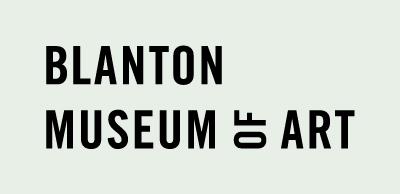Drawings for Prints
Tuesday, January 25, 2011 - Sunday, April 17, 2011
Past or present, whichever the culture, we find most works of art preceded by some kind of drawing. Through such “preparatory studies” an artist explores, establishes, and then refines the idea for an eventual work. The process usually concludes with a more elaborate and sometimes very detailed study—a “model”—from which the work can be developed. Depending upon a host of factors, including the resulting work’s medium, style, and function, this process can be swift and improvisatory, or deliberated and systematic. Because prints are so determined by convention and demanding in technique, the process in this case tends to be involved. In addition to this tendency, preparatory studies for prints have two unique characteristics. First, they generally share material support, paper, and size with the resulting work. Second, they represent only the first step in an elaborate sequence of production—from stages in articulation of the matrix, to variations in its printing, and the sequence of its editions—whose steps can be traced through the multiple impressions of a print. Drawings and prints have many points of tangency. Occasionally in their history—for example, take the sketch-like etchings of the seventeenth century and complex reproductions of watercolors from the eighteenth—they have virtually coincided in conception and appearance. In no context, however, is the relationship between the two media more basic or apparent than in drawings for prints. The Blanton’s collection includes an unusual number of examples of this relationship. They are presented here as a group for the first time.

